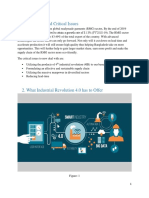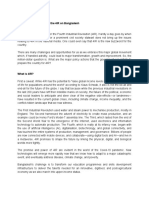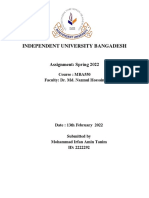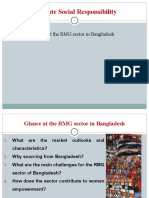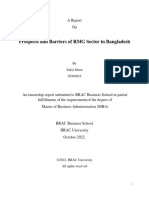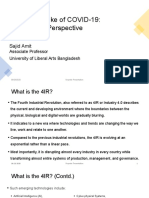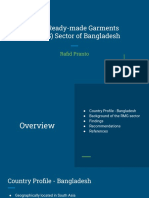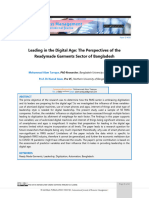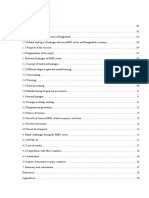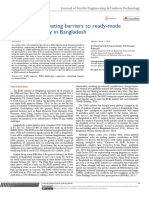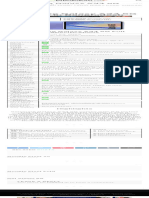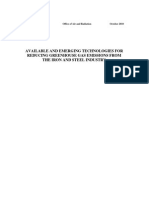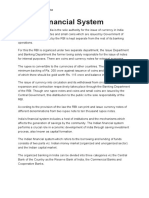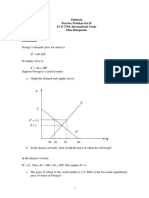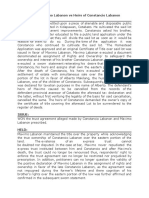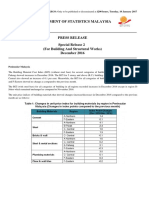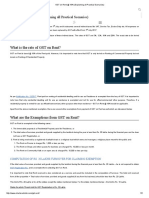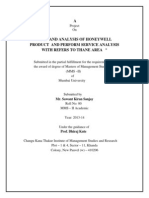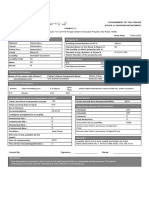0% found this document useful (0 votes)
12 views4 pagesRMG Industrial Revolution Assignment
The document discusses the challenges and response strategies for Bangladesh's Readymade Garments (RMG) sector amidst the Fourth Industrial Revolution (4IR). Key challenges include lack of technological infrastructure, skilled workforce shortages, and cybersecurity threats, while response strategies involve government-industry collaboration, workforce upskilling, and promoting smart factory models. The potential benefits of embracing 4IR include increased global competitiveness, sustainability, and improved worker welfare.
Uploaded by
Riadul IslamCopyright
© © All Rights Reserved
We take content rights seriously. If you suspect this is your content, claim it here.
Available Formats
Download as DOCX, PDF, TXT or read online on Scribd
0% found this document useful (0 votes)
12 views4 pagesRMG Industrial Revolution Assignment
The document discusses the challenges and response strategies for Bangladesh's Readymade Garments (RMG) sector amidst the Fourth Industrial Revolution (4IR). Key challenges include lack of technological infrastructure, skilled workforce shortages, and cybersecurity threats, while response strategies involve government-industry collaboration, workforce upskilling, and promoting smart factory models. The potential benefits of embracing 4IR include increased global competitiveness, sustainability, and improved worker welfare.
Uploaded by
Riadul IslamCopyright
© © All Rights Reserved
We take content rights seriously. If you suspect this is your content, claim it here.
Available Formats
Download as DOCX, PDF, TXT or read online on Scribd
/ 4






